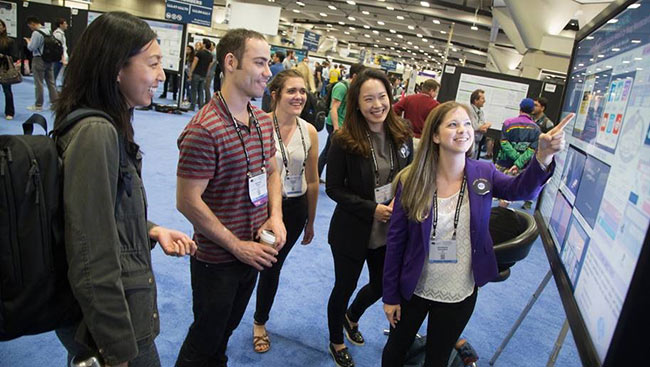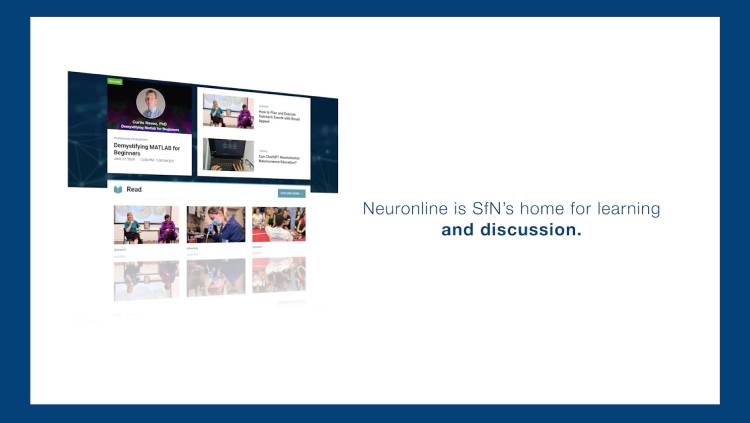
When scientists communicate effectively about their research, science thrives.
Making our science digestible to nonscientists helps people understand the wider relevance of science in society. Given the current stark funding realities, making our science accessible can also promote more informed decision-making, especially with policymakers, government agencies, and other types of funders.
However, this is not as easy as it sounds.
As scientists, we are trained to speak with other scientists. We use jargon and other words that are specific to our exact field of study. We talk about our shared experiences in the laboratory and forget that this is not a common paradigm. We use reason, data, and graphs to prove points, and we forget that many people make decisions purely based on emotion.
So, how do we, as scientists, effectively communicate our ideas to the general public in a way that is accurate without being dry, uncomplicated without oversimplification, and exciting without exaggeration?
We need to transmit messages clearly and concisely to leave the audience understanding the “so what?” point of your communication. I’ve found that by making it clear why what you are saying is important, your audience will be engaged enough to remember what you’ve said, and when your message is interesting enough, they’ll even pass it on to others.
Here are my five tips to become a better science communicator.
1. Know your audience.
Who are you trying to reach? The approach you take with a news reporter will be completely different from the one you take with a potential funding partner. No matter the audience, never use jargon. At the same time, don’t dumb it down. If you are too general, your audience has nothing to hold on to, so give enough details that your points are memorable and make sense.
2. Think about the big picture.
Step away from the specific details of a research question or the insignificant methods of a study. What are you trying to accomplish in this discussion? What is the singular, most important message you are trying to convey? Now, get to that point as quickly as possible. In science, we learn to give background, then supporting details, and then results and conclusions. When talking with lay audience, you have to turn that upside down: Start with the bottom-line, follow with the “so what,” and then provide supporting details.
3. Tell a moving story.
Narratives are compelling ways to support facts. Cultural movements around scientific trends — factual or not — spread widely because of the emotive stories that linger with the audience. An effective story evokes an internal change in the audience, so try to relate your message to the core values of your audience.
4. Be a good listener.
People do not like being told what to do or what to think. People want to feel like they are being heard. Step outside of your comfort zone of facts and figures, and step into their shoes. To resonate deeply or change their minds, you have to win their hearts, so try to see things from their points of view. Instead of being an impartial viewer, try to connect on a human-to-human level with empathy.
5. Go outside the lab to engage.
There are many ways to reach nonscientific audiences — choose whatever interests you the most. You can write articles, make videos, give talks, create infographics or other #SciArt visuals, or just simply talk to people. One of the easiest ways to engage people outside your science circle is to go online. Contribute to blogs like Knowing Neurons and sites like Neuronline, and interact with people on social media. However, in-person events are arguably more effective. Some of my favorite things to do are visiting local schools to talk about science and attending local meet-ups like Nerd Nite. The more you engage, the more of a positive difference you will make.
Ultimately, by engaging with our communities, we will tie a stronger bond between science and society.
*Photo provided by author.








